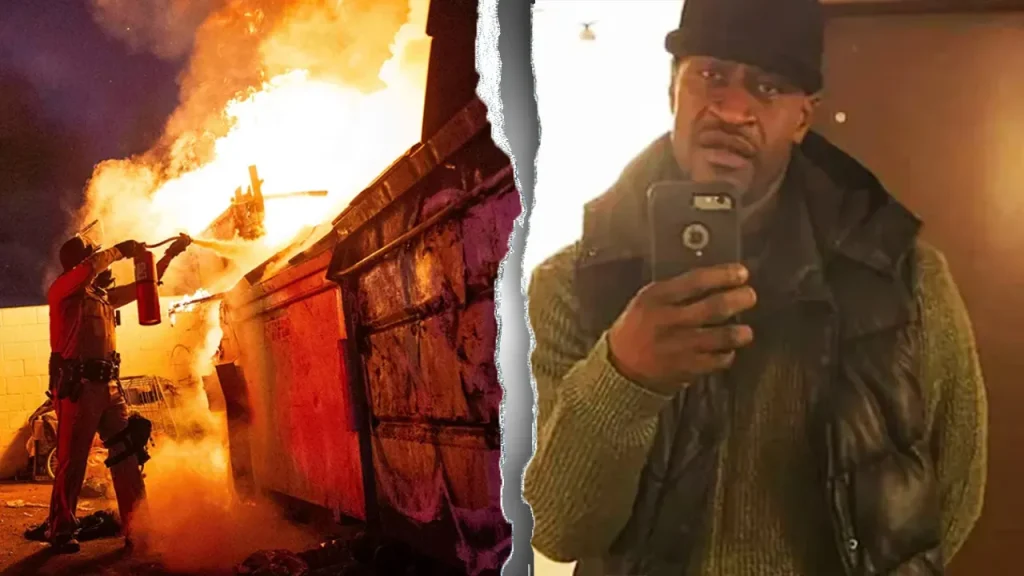The Perfect Storm: How 2020 Changed Homicide Investigations in America
In a revealing interview with Fox News Digital, retired NYPD homicide detective Teresa Leto painted a sobering picture of America’s declining ability to solve murders. With 30 years of experience tackling gang crime and homicide investigations, Leto offered unique insights into why homicide clearance rates—the percentage of cases where a perpetrator is identified, arrested, and referred for prosecution—have plummeted to an all-time low of 52.3% in 2022, according to the Murder Accountability Project. This represents a dramatic decline from the pre-2020 rates, which consistently remained above 60%. Leto described 2020 as creating “a seismic change in law enforcement” that continues to affect crime-solving capabilities today.
The COVID-19 pandemic was the first domino to fall in this complex chain of events. Courts transitioned to remote operations, drastically slowing the justice system’s machinery. Trials were postponed, inmates were released due to safety concerns, and detective squads were decimated by illness. “There was a high rate of people being out sick. There was a decrease in people in the squads, in detective squads to investigate crimes,” Leto explained. With fewer detectives available to investigate murders, cases began piling up, creating a backlog that many departments still haven’t overcome. The pandemic’s operational challenges alone would have strained the system, but what followed created a perfect storm that has fundamentally altered homicide investigations nationwide.
The aftermath of George Floyd’s death at the hands of Minneapolis police in May 2020 intensified the challenges facing homicide detectives. As protests erupted across America, police departments redirected their investigators from homicide units to manage civil unrest. “They took a lot of the investigators, the detectives out of the squads, out of investigating terrorism, investigating homicides and rapes and murders to deal with the unrest in the streets throughout the United States,” Leto noted. The protests also sparked a wave of anti-police sentiment that devastated recruitment efforts. Young people who might have considered law enforcement careers looked elsewhere, while existing officers began retiring early or transferring to less stressful positions. This brain drain hit detective units particularly hard, as homicide investigation is a specialized skill that takes years to develop. With fewer experienced detectives and a growing caseload, departments struggled to maintain their previous clearance rates.
The staffing crisis created what Leto called an “overtime bubble,” where remaining detectives worked excessive hours to compensate for personnel shortages. This unsustainable situation eventually forced many experienced investigators into early retirement due to burnout, further depleting the ranks of skilled homicide detectives. “So you had a recruitment issue, you had retention issue. So now… you have a lot of detective squads that are really low in manpower,” Leto explained. “So they doubled their caseload.” The mathematics is simple but devastating: when each detective’s workload doubles, the attention given to each case inevitably diminishes. The detail-oriented, time-intensive work of solving homicides requires focus and thoroughness that becomes impossible when investigators are stretched too thin. For families of murder victims, this means longer waits for justice—if it comes at all.
Concurrent with these staffing challenges, criminal justice reform initiatives born from the Floyd protests created additional hurdles for homicide investigators. Bail reform measures, while intended to address inequities in the system, sometimes resulted in violent offenders being released to commit additional crimes. Leto highlighted a particularly troubling aspect of these reforms: the reclassification of certain violent crimes as “nonviolent” for bail purposes. “For example, [third-degree robbery], which is forcibly taking property from a person, which is violent, that’s deemed as a nonviolent crime.” When perpetrators of violent crimes are quickly released without significant bail requirements, they not only potentially commit new crimes but also remain in communities where they can intimidate witnesses or destroy evidence relevant to their cases. This makes the already difficult job of solving homicides even more challenging, as witness cooperation is often the lynchpin of successful prosecutions.
The nature of homicide investigation itself has become more complex in recent years, further straining limited detective resources. Modern investigations require extensive technological evidence that wasn’t part of the detective’s toolkit a generation ago. “Even if you know in your heart who the suspect is, you have to have the evidence, you have to have DNA evidence, you have to have technology, you have to have video, you have to have cellphone data to be able to solve it,” Leto explained. The proliferation of security cameras in public and private spaces means detectives must now collect and analyze vast amounts of video footage for each case. Cell phone data analysis has become crucial to establishing timelines and connections. While these technological advances provide valuable evidence, they also require significant time and specialized training to properly utilize. As caseloads increase and experienced personnel decrease, detectives simply don’t have the hours needed to thoroughly pursue every technological avenue in each investigation, leading to more cases going unsolved.
The declining clearance rates aren’t just statistics—they represent justice denied to victims’ families and communities living with unresolved trauma. They also create a dangerous feedback loop: when murders go unsolved, potential witnesses become more reluctant to cooperate, fearing that police cannot protect them from retaliation. Community trust in law enforcement erodes further, making future investigations even more difficult. Without significant changes to address the staffing shortages, case overload, and challenges created by both pandemic disruptions and policy shifts, this downward trend in homicide clearance rates may continue. The complex interplay of these factors demonstrates that addressing violent crime requires not just tough rhetoric but thoughtful approaches to investigative resources, community trust-building, and criminal justice policies that balance reform with public safety priorities.


